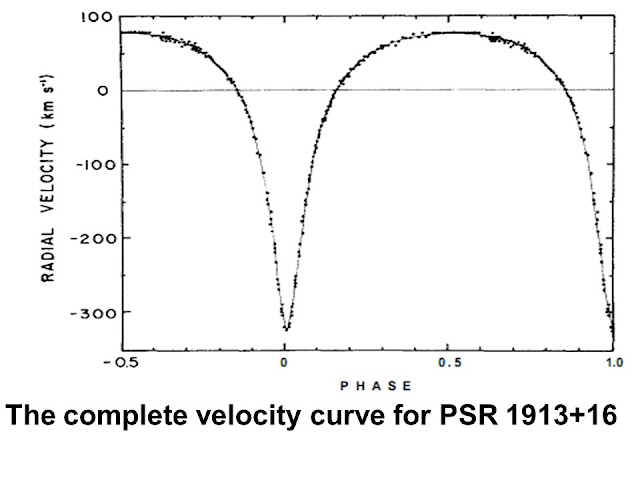What is Optogenetics: Optogenetics is the combination of genetics and optics to control well-defined events within specific cells of living tissue. It also includes the discovery and insertion into cells of genes that confer light responsiveness.
How does
Optogenetics work?: Certain algae respond directly to a light source. The algae
detects and moves towards the light. The question is - can this ability of the gene in the
algae be used to control cells in more complex organism? We are able to ask this question
because of advances in genetic technology that allow particular genes to be
inserted into the DNA of a virus, which on infecting humans and other animals,
transfers the algae gene to the DNA of the host.
Figure from: http://neurobyn.blogspot.co.uk/2011/01/controlling-brain-with-lasers.html
Optogenetics gives us control on exciting or switching off neurons and provides an effective tool to study the effects of neuron activity on the functioning of the brain.
Optogenetics gives us control on exciting or switching off neurons and provides an effective tool to study the effects of neuron activity on the functioning of the brain.
About forty years ago Francis Crick, Nobel Laureate of the Double-Helix fame, had commented that the then existing methods used in neuroscience were either too crude, lacking precision (inserting electrodes in the brain) or too slow (drugs targeting particular cells). Crick had mused that light might have the properties to serve as a control tool but at the time neuroscientists did not know how to make specific cells responsive to light.
In 1999, Crick stated that “one
of the major problems of biology is discovering how the brain works; when
we finally understand, at the cellular and molecular level, our perception, our
thought, our emotions and our actions, it is more than likely that our views
about ourselves and our place in the Universe will be totally transformed.”
At present, the best tool to study
the brain is fMRI - it can reveal what various regions of the brain are
doing when people respond to a stimulus. fMRI signals measure the
increased levels of oxygenated blood (BOLD) in particular parts of the
brain. Neuroscientists believe that the
signals are caused by an increase in the excitation of specific kinds of brain
cells. (The two slides at the end of this post describe fMRI method in more detail. For MRI click here)
Karl Deisseroth pioneered the work in optogenetics at Stanford and showed that neural excitation indeed produces positive fMRI BOLD signals.
Karl Deisseroth pioneered the work in optogenetics at Stanford and showed that neural excitation indeed produces positive fMRI BOLD signals.
Optogenetics
holds great promise for the study of brain circuitry and has been used in vivo
to record neural activity patterns with millisecond precision and to create a
wireless route for the brain.
The 2014 Nobel Prize in Medicine was awarded to a team of
researchers using optogenetics to map the function of new types of brain cells.
http://www.nobelprize.org/nobel_prizes/medicine/laureates/2014/presentation-speech.html
Optogenetics can also be used to address cell
behaviour in other parts of the body and for diagnostics and treatment of
diseases. I describe a proposed application of optogenetics to help
sufferers of retinitis pigmentosa (RP): an incurable genetic disease that leads
to blindness as it destroys rods and cones in the eye.
A non-pathogenic virus is altered to contain a light-sensing protein (ChR2)
from algae. The virus is then injected
into the ganglion cells in the eyes of RP patients. The idea is that the genetically
altered ganglion cells will be sensitive to light, giving back some
vision to those afflicted by the progressive disease RP.
Because the eye is naturally exposed to light, it’s the perfect venue
for a trial like this one, which seeks to switch the photoreceptive burden from
the compromised rods and cones to ganglion cells in the retina.
The ganglion cells receive fewer photons and it is not clear exactly
what visual granularity can be achieved here. If the experiment succeeds, the
researchers expect that the experimental cohort will get monochromatic vision
at very low resolution. RetroSense CEO Sean Ainsworth said that he
hopes the treatment will allow patients to “see tables and chairs” or even read
large letters. Grainy, low-resolution monochromatic vision might not sound like
much compared with what humans normally perceive, but these efforts are
important steps on the road to long-term vision restoration. Rough shapes and
gray-scale projections are a far better alternative to total blindness. The four minute video is also of interest in this context: http://shows.howstuffworks.com/fwthinking-show/3-ways-we-could-restore-sight-blind-video.htm
In concluding this post, it is to be noticed that the light-based control of ion channels has been transformative for the
neurosciences, but the optogenetic toolkit does not stop there. An expanding
number of proteins and cellular functions have been shown to be controlled by
light. The field is moving beyond proof
of concept to answering real biological questions, such as how cell signalling
is regulated in space and time, that were difficult or impossible to address
with previous tools.
For a comprehensive discussion of optogenetics, please click here. I quote their abstract:
Fundamental questions that neuroscientists have previously approached with classical biochemical and electrophysiological techniques can now be addressed using optogenetics. The term optogenetics reflects the key program of this emerging field, namely, combining optical and genetic techniques. With the already impressively successful application of light-driven actuator proteins such as microbial opsins to interact with intact neural circuits, optogenetics rose to a key technology over the past few years. While spearheaded by tools to control membrane voltage, the more general concept of optogenetics includes the use of a variety of genetically encoded probes for physiological parameters ranging from membrane voltage and calcium concentration to metabolism. Here, we provide a comprehensive overview of the state of the art in this rapidly growing discipline and attempt to sketch some of its future prospects and challenges.
*********************************************************************************




































